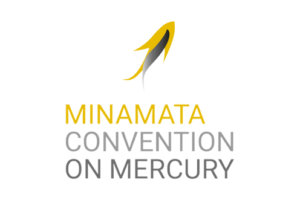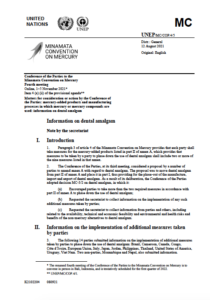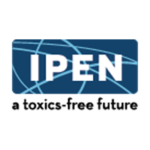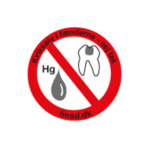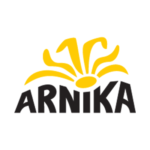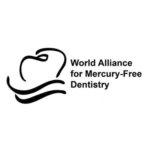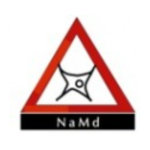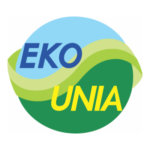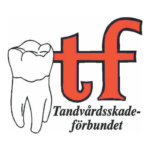On August 12, 2021, the Minamata Convention Secretariat published information on mercury-free alternatives to dental amalgam and on the implementation of additional measures by Parties to reduce the use of mercury in dentistry. It states that mercury-free fillings, such as composites or glass ionomer cements, “have satisfactory mechanical properties and require less cavity preparation than amalgam,” “are already widely used,” and “the price difference is relatively small.”
The technical advantages and disadvantages of dental amalgam and the various alternatives are described as follows:
- Mercury–free materials exhibit satisfactory mechanical properties, with a lower cavity preparation requirement for composites, as well as better aesthetics.
- Four main factors influence the longevity of a filling: the material, the method of restoration, the dentist’s skills and the patient’s dental hygiene.
- Resin–modified glass ionomers are more fracture–resistant than glass ionomers, which, combined with their ability to form a chemical bond with tooth substance, has led to their use for small restorations, especially in paediatric dentistry.
- Glass ionomer restorative material does not have the same physical and chemical properties and clinical performance as dental amalgam, and its lifespan is shorter than that of amalgam.
In terms of environmental health risks and benefits, parties and stakeholders noted that dental
amalgam causes significant emissions and releases of mercury to air, water and soil, posing risks to
human health and the environment.
Only 14 parties have information on the implementation of additional measures taken by the parties to phase out the use of dental amalgam, even though there are significantly more parties that have already adopted further measures (overview in the EU) or have even phased out its use, such as Norway or Moldova.
Read the full Document:

